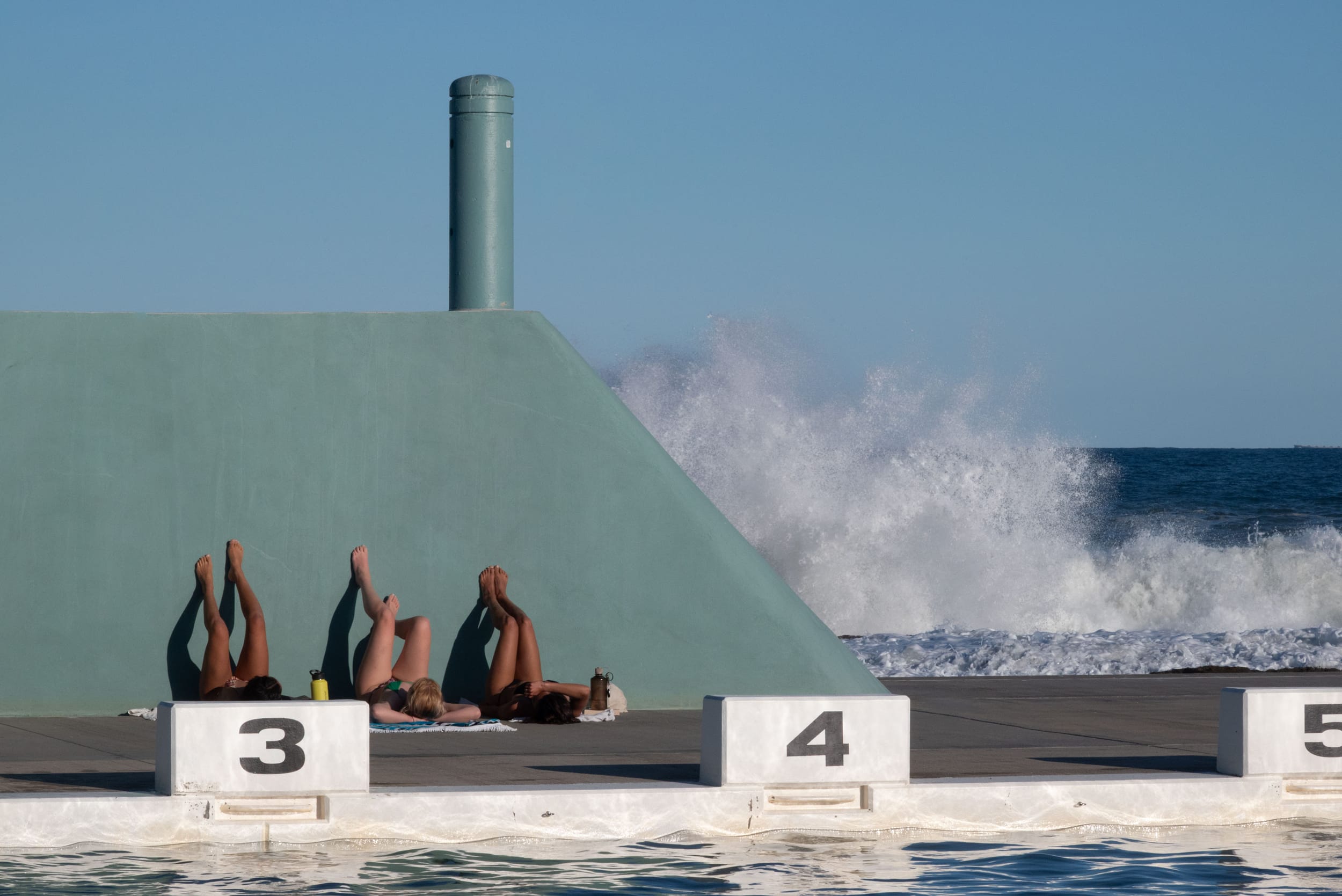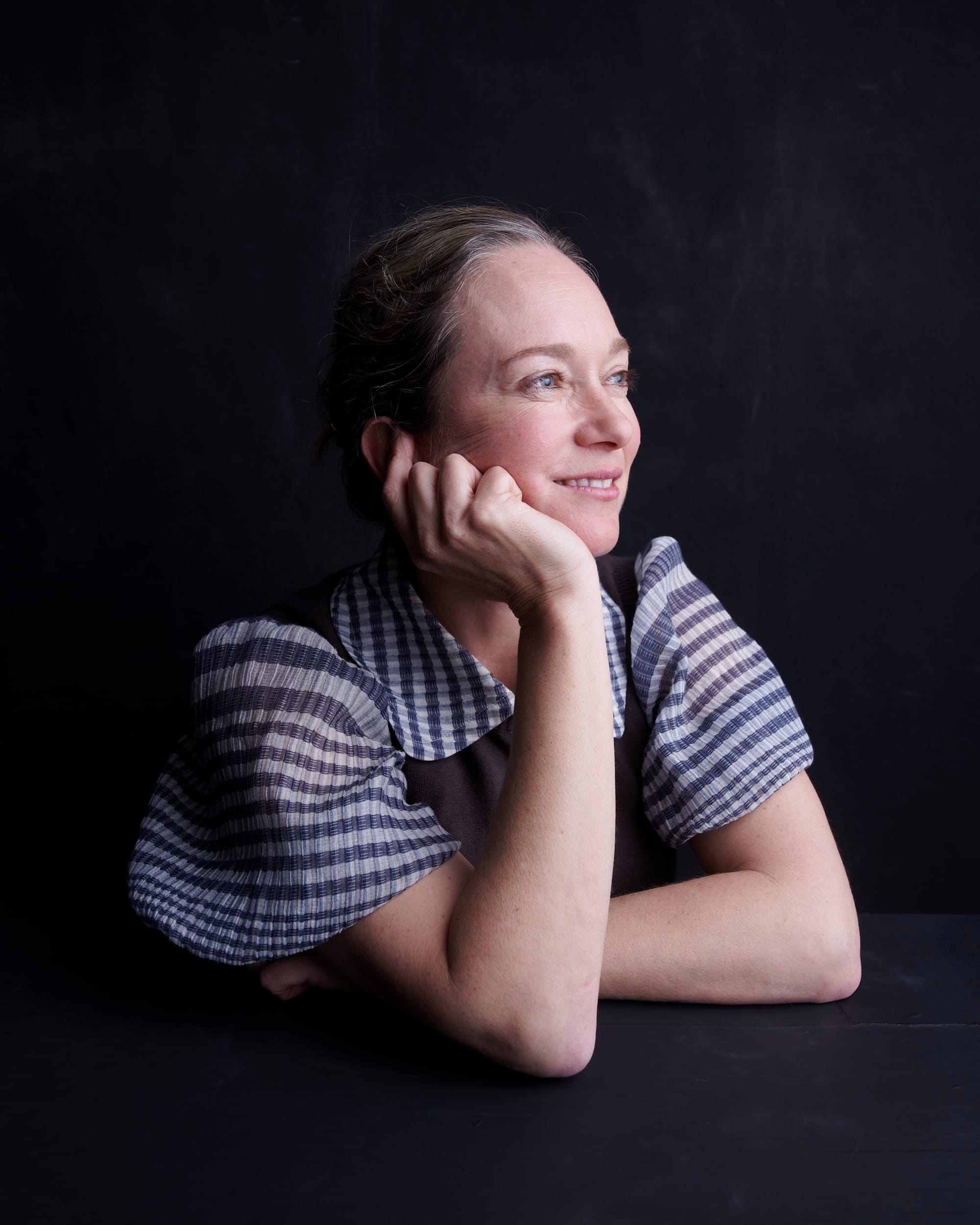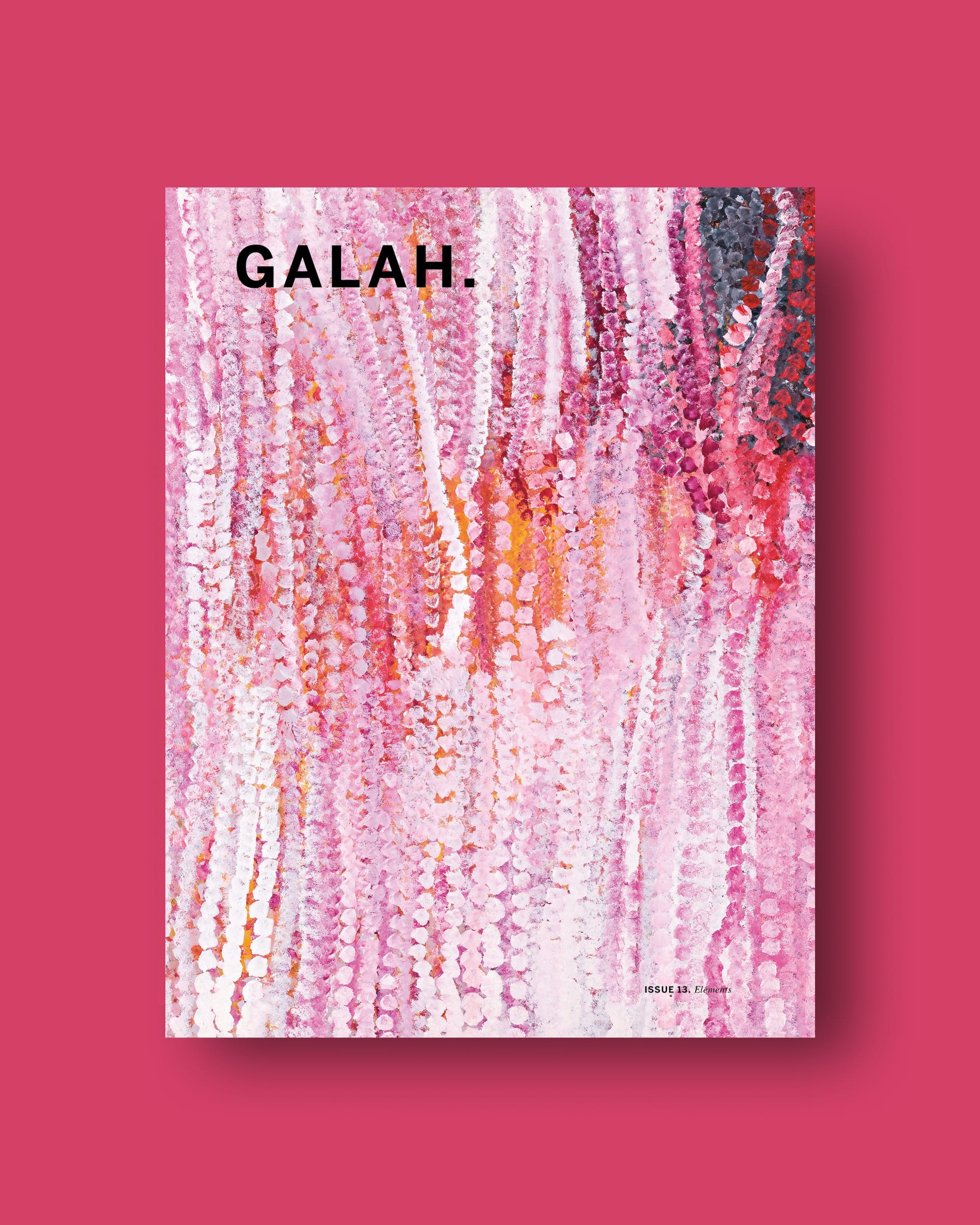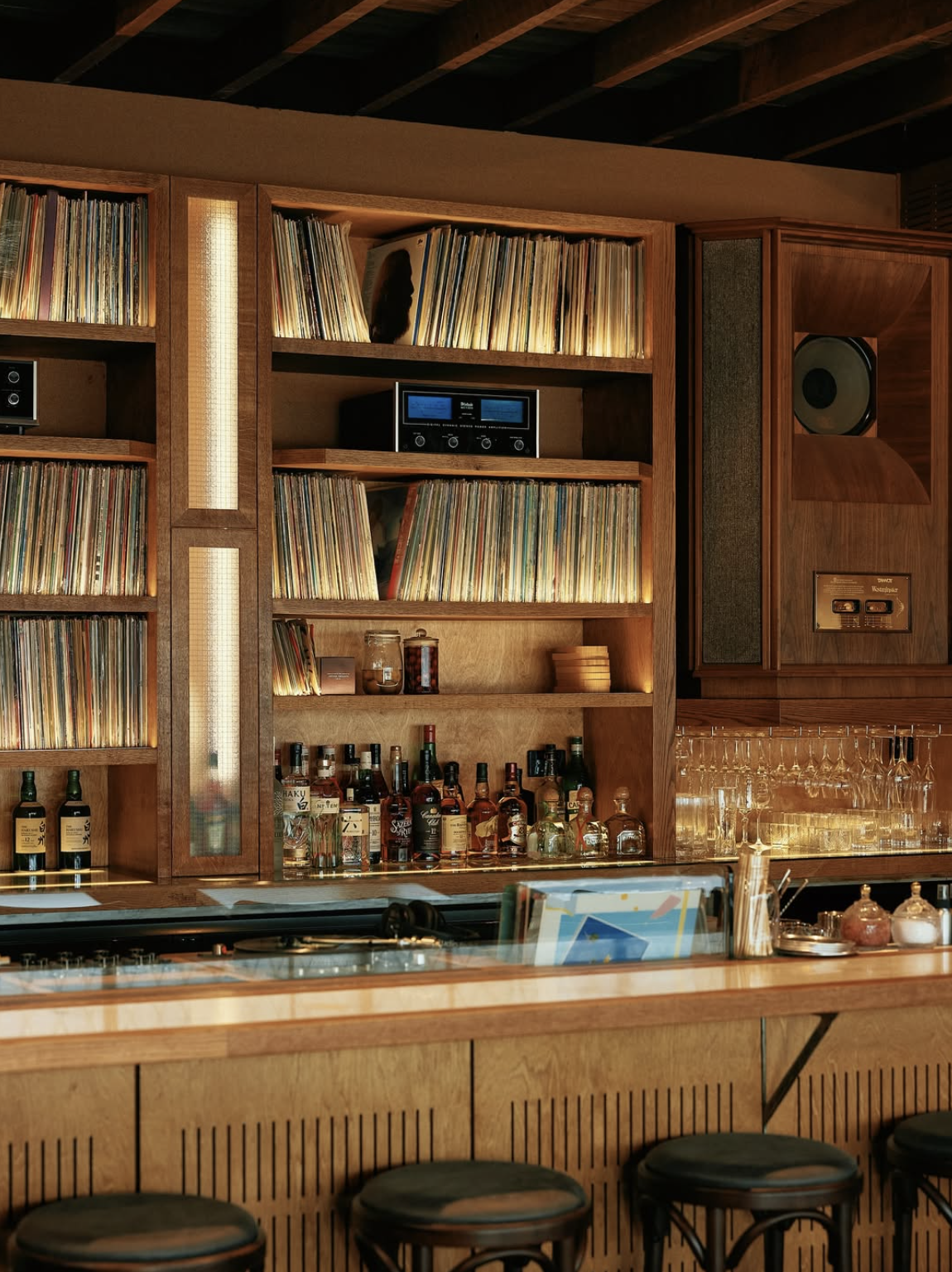

Newcastle was once defined by smokestacks and steel, but today it’s a city alive with art, food and renewal.
For the past three weeks I have been living a parallel life.
Here I live alone in an Art Deco apartment overlooking the harbour of Newcastle. Every morning I walk to the Newcastle Ocean Baths or to the lighthouse at Nobby's Beach. I then have a coffee in the sun on the footpath outside Estabar, watching the surfers or the dolphins or sometimes the surfers and the dolphins.
In this borrowed life, I don’t have a car or children or a husband. I don't live on a farm and there is no house to clean, no garden to weed. Only a daily bus ride to the hospital to sit with someone I adore.
Each night, when I'm back from the hospital, I go to a different restaurant, all within walking distance from the apartment. It's the most time I've spent alone, ever. And while solitude isn’t my long-term goal, it has certainly felt like a short-term luxury.
This is not my real life, but one I’ve inherited, temporarily, from my great aunt, who is recovering from a terrible fall. I’m here to be with her — and to occupy her flat — until she returns. She had better recover soon, or I may never give her life back. I am falling, fast and hard, for Newcastle.
I’m not sure when the city swapped its smokestacks for small bars, or its steelworks for a thriving cultural scene. Perhaps it started with the 1989 earthquake, which damaged much of the CBD, or the closure of the BHP steelworks a decade later, which cut nearly 2,000 jobs.
In the years since, as the city wrestled with lagging population growth, stubborn unemployment and the scars of deindustrialisation, seeds of renewal also began to sprout. Small bars and cafés opened in vacant shopfronts, artists moved into disused terraces and warehouses, and initiatives like Renew Newcastle breathed life back into empty spaces. What started as stop-gap activations slowly shifted perceptions: the city’s centre was no longer defined only by shuttered shops and decline, but by the buzz of galleries, festivals and a nascent dining scene.
At the same time, the city began reshaping its foundations — not just culturally, but physically. More than 50 hectares of Newcastle's derelict harbourfront were redeveloped for public use, the university decided to shift part of its campus back into the city centre, and a new and, depending on who you ask, controversial light rail was built to link the waterfront, CBD and beaches.
Today, the stone of renewal is most definitely rolling. The Newcastle Art Gallery has undergone a $40 million expansion, and is due to reopen in 2026; the Newcastle Ocean Baths are partway through their staged renewal (starting tomorrow 27 September they'll host a super cool series of music nights with performers including a beat boxer and a post-punk five piece, all part of the city's New Annual music and arts festival), and a new wave of restaurants and small bars have won national attention. Just last week, a new cafe/bar called Maru Hi Fi opened in Newcastle's west end, in an acoustically engineered building with 10,000 vinyl records and an insane sound system from Japan. I am desperate to go.
No longer seen only through the lens of steel and coal, Newcastle is increasingly written about in national media — The Weekend Australian recently asked whether Newcastle might be “Australia’s Berlin”, a city where industrial grit has seeded cultural life.
It makes me think of another example of a post-industrial city pivot: Bilbao, Spain, where the collapse of shipbuilding and steel in the 1980s left a polluted river and unemployment above 25 per cent. Then, in 1997, Frank Gehry’s Guggenheim Museum opened, becoming the symbol of reinvention.
But the wider change was deeper: a new metro, a river clean-up, social housing and coordinated planning. Within a decade the city had halved unemployment and remade itself as both a cultural destination and a liveable city. Newcastle’s story may be smaller in scale, but the pattern is similar: industry gives way, public life flows back in, and culture takes root.
Today, to me as an outsider, Newcastle feels like a city midway through its own second act. The harbourfront is open, the university is back in the centre, artists are making great work – four of the 37 finalists in this year's Galah Regional Photography Prize live in Newcastle – and restaurants and bars are good and plentiful.
What comes next will decide whether the momentum lasts. Housing affordability, the balance between heritage and development, and the uncertain transition of the port to clean energy will all shape the future. For now, the change is evident in daily life — in the queues outside bakeries, the hum of artists’ studios and the expansion of cultural anchors like the Newcastle Art Gallery.
And while I'll watch the city develop with great interest over the coming years, I thought it might be a good time to put together a Galah cultural guide about where this magnificent city is today.
Here are some of my favourite haunts so far, but there are so many parts of Newcastle I haven't set foot in. Please send me any suggestions – what to do, eat, drink, visit, where to stay – I want them all.
And maybe we need to organise a Galah meet-up in Newcastle before the year is out. I'd love to visit some artist studios with a gang of Galah readers and then go out for lunch after. Ideally surrounded by 10,000 vinyl records.
Annabelle

We are about to send Issue 13 to the printers in Sydney, ready for the magazine to be posted out in early November. If you subscribe (two issues - Issue 13 and 14) or pre-order (Issue 13 only) before 14 October, you'll get free shipping.
If you're a subscriber already and have moved house since our last issue came out in April this year, please update your address in your customer portal or by emailing info@galahpress.com before Wednesday 8 October, and we'll do the rest.

I've started with food, as I always do, so please send me all your food + drink suggestions, but also help me branch out into things I should do and visit, not just eat.
Estabar has great coffee opposite the beach. Then again, you can get a great coffee across the road on the beach from Beach Life at the Newcastle Surf Life Saving Club. And also a little bit up the hill at Southy's Canteen overlooking the ocean. You can't go wrong.
Arno Deli served me up the greatest sandwich of my life. I walked in, knowing nothing about the deli, and ordered a beef special. What followed was joy incarnate. I then returned regularly over the next few weeks, working my way through much of the rest of the menu. All thoroughly delicious. Great coffee too.
Scottie’s is the dream fish-and-chip shop. You can eat inside at the upscale restaurant, or order from a more simple but no less delicious menu from the take-away window and perch at one of the outside tables or bring your own picnic rug and set up camp on the grass nearby. Great selection of wine.
Bistro Penny serves up French bistro-ish food cooked over fire in a gorgeous, atmospheric room opposite Newcastle's old general post office building. Superb. And if you're dining alone, there are a couple of perfectly tiny tables by the huge front windows, with a view of the street, the bar, the kitchen and the dining room.
High Tea with Mrs Woo, a clothing brand by three sisters who design and make everything in Newcastle using gorgeous natural fibre fabrics. I want it all.
Curtis 925 Just next door to Arno Deli is the studio of jeweller Callan Lynch who makes beautiful modern pieces using precioous metals and the occasional gemstone. I am going to take him my engagement ring, which is in a toothless state after one of the gems fell out of its claw setting during an intense day of hedging in the garden, never to be seen again. I'd love to see it reimagined by Callan.
The Newcastle art scene is on fire. Brett McMahon and James Drinkwater are among my favourites – their work is so exciting – but I'd love to learn more about emerging artists working in Newcastle too. The Creator Incubator, a hub with almost 40 artist studios, looks to be a rich seam of talent, and on Instagram, this streetscape by Isabelle Emmerton caught my eye.
Please email me your Newcastle thoughts, whether they are tips on where to go, people I need to meet or your theories on what is working well/not working and why – I want to hear them all. annabelle@galahpress.com